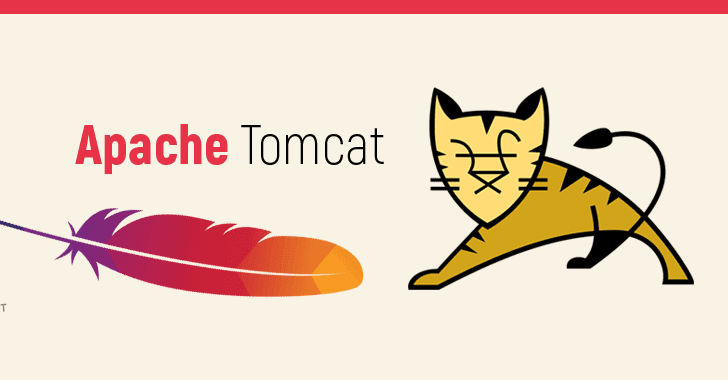Malicious IP addresses exploiting CVE-2025-24813 threaten systems worldwide. Learn GreyNoise’s findings and how to defend your network now.
Table of Contents
- The Emergence of Malicious IP Addresses Exploiting CVE-2025-24813
- GreyNoise Identifies Six Malicious IPs
- Proof-of-Concept Exploits Fuel the Fire
- Technical Insights into CVE-2025-24813
- Protecting Against Malicious IP Addresses Exploiting CVE-2025-24813
- Final Thoughts: Act Now
Malicious IP addresses exploiting CVE-2025-24813 have surfaced as a pressing cybersecurity issue, targeting systems in the US, Japan, Mexico, South Korea, and Australia. With a decade of experience in cybersecurity, I’ve tracked countless threats, but this one demands immediate attention due to its active exploitation and the availability of proof-of-concept (PoC) exploits. Let’s break down GreyNoise’s findings, the vulnerability’s mechanics, and actionable defenses.
The Emergence of Malicious IP Addresses Exploiting CVE-2025-24813
CVE-2025-24813 is a severe vulnerability in Apache Tomcat, enabling remote code execution (RCE) through flawed request handling. GreyNoise, a trusted name in threat intelligence, recently identified six malicious IP addresses exploiting this flaw across multiple countries. These attacks highlight a deliberate campaign targeting enterprise systems running unpatched Tomcat instances—a wake-up call for any cybersecurity professional.
GreyNoise Identifies Six Malicious IPs
GreyNoise’s analysis revealed six specific IP addresses actively probing and exploiting CVE-2025-24813. Their sensors detected these threats hitting systems in five nations, suggesting attackers are prioritizing high-value targets. This isn’t background noise—these IPs are executing real exploits. For incident responders, this data is critical. Cross-check your logs with these IPs using tools like Wireshark to confirm exposure.
Proof-of-Concept Exploits Fuel the Fire
The threat escalates with public PoC exploits from Palo Alto Networks and GitHub user iSee857, accessible via iSee857’s CVE-2025-24813 PoC. These scripts show how attackers exploit CVE-2025-24813 by uploading malicious payloads via HTTP PUT requests and triggering them with manipulated session data. While PoCs aid defenders in understanding the attack, they also accelerate exploitation by malicious actors. Time is critical—assume your unpatched systems are already targets.
Technical Insights into CVE-2025-24813
CVE-2025-24813 exploits a flaw in Apache Tomcat’s handling of partial PUT requests and session persistence. Here’s the exploit chain:
- Payload Upload: Attackers send a PUT request with a malicious serialized object, which Tomcat stores in session files.
- Execution Trigger: A GET request with a forged JSESSIONID retrieves and deserializes the payload, running the attacker’s code.
- Requirements: The default servlet must allow writes, and session persistence must be enabled.
Rated 8.6 by NIST NVD, this vulnerability offers attackers full server control upon success—think data breaches or backdoor installation. It’s a straightforward yet potent attack vector.
Protecting Against Malicious IP Addresses Exploiting CVE-2025-24813
Defending against this threat requires swift, decisive action. Here’s your roadmap:
- Patch Now: Apply Apache’s March 2025 Tomcat update to close the vulnerability.
- Block PUT Requests: Disable HTTP PUT at your firewall if unused—starve the exploit’s entry point.
- Secure Sessions: Turn off session persistence or enforce strict validation to block deserialization attacks. See our server security tips for more.
- Monitor IPs: Filter traffic from GreyNoise’s six malicious IPs using your IDS or SIEM.
- Log Analysis: Check for unusual PUT requests or session activity in your Tomcat logs—act on hits fast.
Forensic teams should prioritize these steps, especially if those IPs appear in your traffic. Proactive measures now can prevent a costly breach later.
Final Thoughts: Act Now
Malicious IP addresses exploiting CVE-2025-24813 are not a distant threat—they’re active, global, and targeting your systems. GreyNoise’s intel, combined with public PoCs, paints a clear picture: patch, harden, and monitor, or face the consequences. Stay ahead of this exploit wave by acting decisively today.
